Welcome to this blog and our project about menopause in the workplace! First, let’s make sure the information here is relevant for you. Do you have someone in your life – a daughter, sister, mother, partner, friend, or any person assigned female at birth – that you care deeply about? If yes, congratulations! You should definitely read on and educate yourself about this phase of life that women and individuals with female biology will experience. It can be a tough one, but with information, understanding, and appropriate actions, we can minimize the negative impacts and support each other through it.
You can read more about those of us running the project behind this blog in the page About this project. Our backgrounds are diverse and our motivations for engaging are simple. Menopause is inevitable, suffering through it is not. By talking about menopause in the workplace we hope to lessen stigmas around it, give individuals knowledge and some tools to be well through menopause, and in the end, make Lund University an even better place to work during all phases of life, including this one.
There are loads of reasons for talking about menopause, particularly in the workplace. We’ll list some of the biggest reasons, you can pick the ones that motivate you the most to care and to continue following our work and educating yourself about menopause.
In 2021 The National Board of Health and Welfare in Sweden (Socialstyrelsen) carried out a study with women aged 50-59. Nearly every single respondent reported having symptoms connected to menopause. Six of ten reported that they experienced moderate to difficult symptoms of menopause. We will look closer at symptoms a bit later, but suffice it to say that they can be incredibly disruptive to living a normal, functional life. A woman may experience everything from night sweats and joint pain to more serious conditions such as osteoporosis, high cholesterol and heart disease. So when the majority of women experience moderate to difficult symptoms, and nearly all experience some symptoms, this is a good reason for educating ourselves about the menopausal transition, wouldn’t you say? Understanding ‘what is menopause’, ‘what happens in the body’, ‘where and why and how can impacts of menopause be addressed’ are some good starting questions. The same 2021 study showed that only 10% of respondents felt well prepared for menopause, 30% were not prepared whatsoever. Why are we not prepared? Maybe we’re too busy to educate ourselves on it. Maybe the information we are looking for is missing from where we think it should be. Maybe we attribute weird changes in our bodies to normal aging, genetics or simply bad luck. Or perhaps the mental image of a menopausal woman just doesn’t fit the picture we have of ourselves. (“No way am I that old!”) Some prejudices die hard, and this goes both for the individual and for the medical field there to care for us.
Menopause affects the individual and society
There is a comprehensive study from the United Kingdom in 2022 with over 4000 respondents that shows why menopause care and knowledge matters from an employer’s perspective. One in ten women who worked during menopause reported having left a job explicitly due to their symptoms. Women also identified passing up promotions, feeling their symptoms joked about or shamed in professional settings, and not being offered the flexibility needed to continue performing at work while experiencing menopausal symptoms. Let’s be better than that at Lund University.
Regardless of the experience of symptoms or workplace support, menopause is an independent health risk factor due to the massive drop in estrogen levels in the body. Every major organ system has estrogen receptors, and thus responds to estrogen as a part of it’s functioning. Estrogen is a protective, anti-inflammatory hormone that supports normal organ and cellular functioning in ways that current research is understanding more and more. Estrogen deficiency increases a woman’s risk for developing serious medical conditions such as diabetes, cardiovascular disease, dementia, osteoporosis, and more.
Another reason to care about this is the fact that women who do seek help from their health care provider generally have a hard time getting adequate care, this according to the same 2021 study by Socialstyrelsen. Examples of patients being shunned, wrongly diagnosed, sent on a wild goose chase to multiple specialists, or met with a shrug and the message that it’s natural, just grin and bear it, still abound.

Knowledge, acceptance, and actions can help
Ending on a positive note, and one of our motivations with this project, is that there are proven methods to ease menopausal symptoms and support allround health and wellbeing. We focus on strength training in this project but will refer briefly to the other big hitters such as lifestyle, nutrition, and pharmaceuticals. Strength training has been shown to minimize health risks associated with menopause by improving bone density, muscle mass and metabolism while also lowering blood pressure and reducing vasomotor symptoms such as hot flushes and night sweats. As an employee at Lund University you are entitled to a health promotion hour each week, to be used at any time during your regular working hours and without a deduction from your salary. There are examples from workplaces in Sweden and elsewhere proactively providing menopause support that we can draw lessons from, using tools already available to us.
Let’s together improve our knowledge, acceptance, and actions to make the menopause transition as natural a part of Lund University as it is for its female employees.



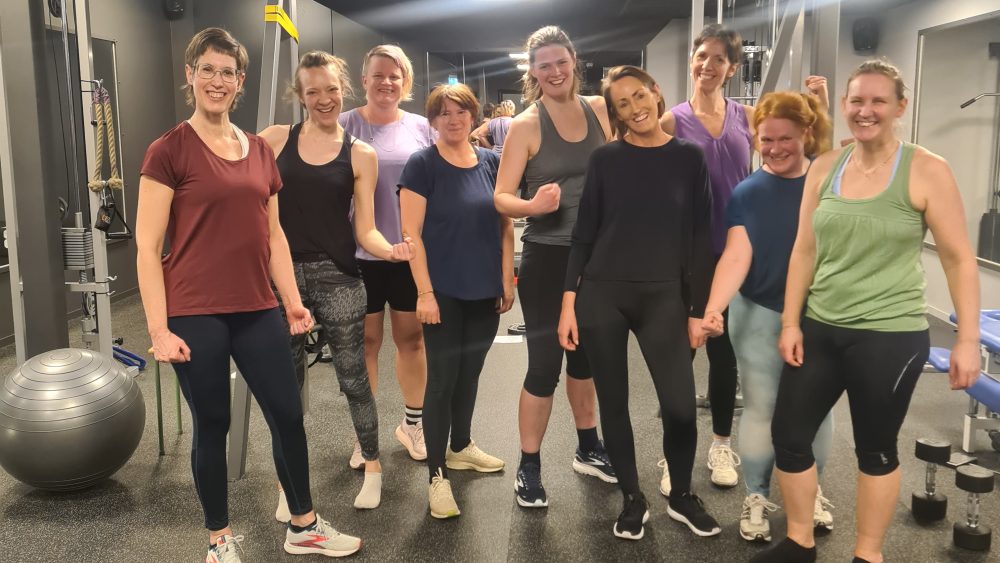
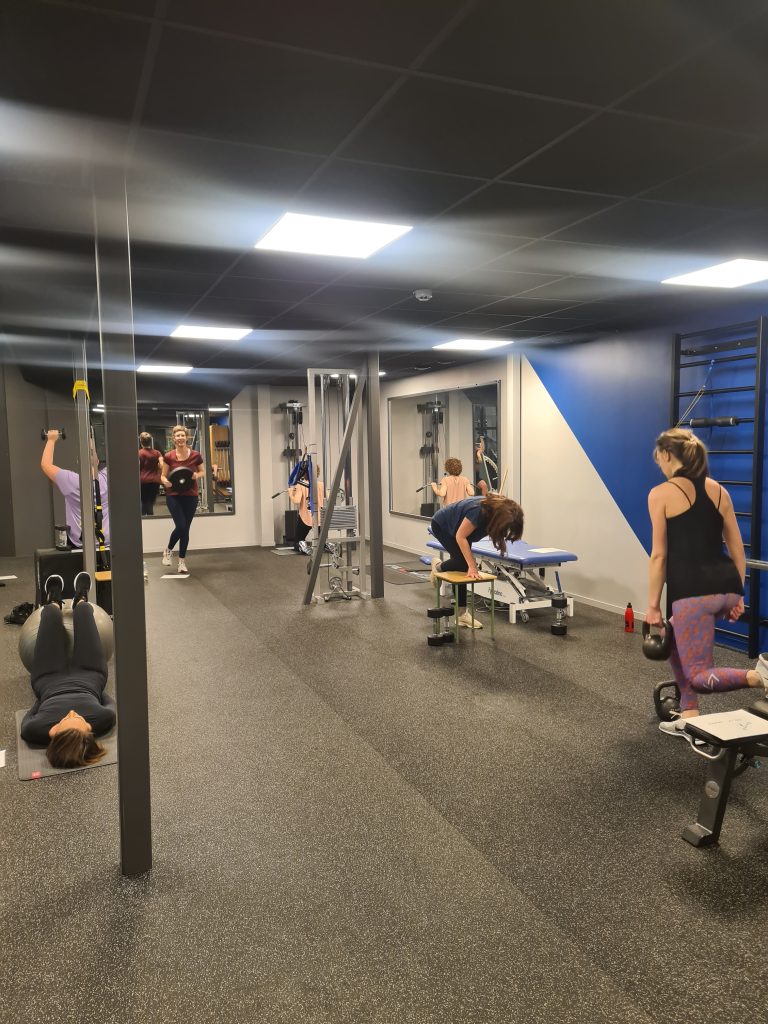
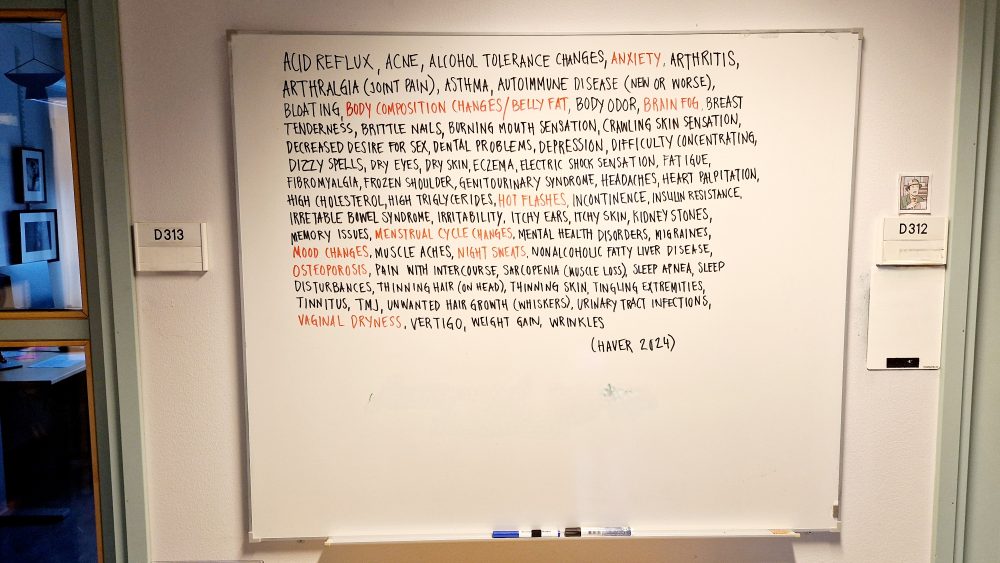
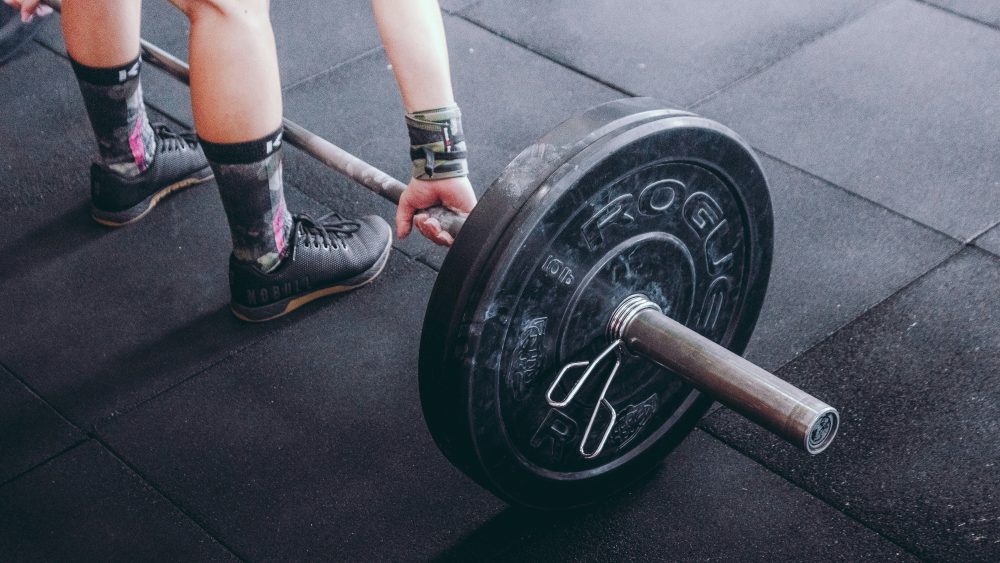
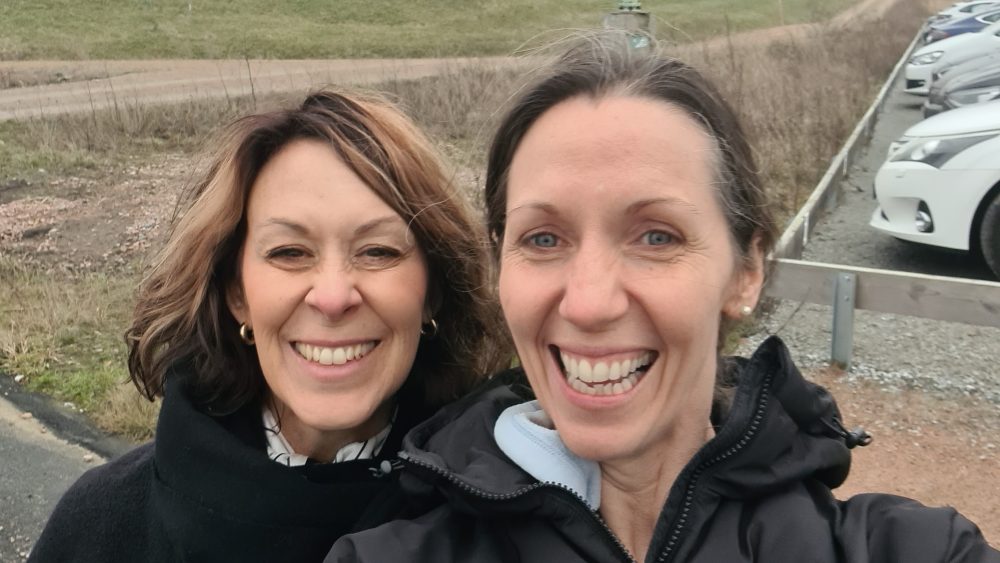
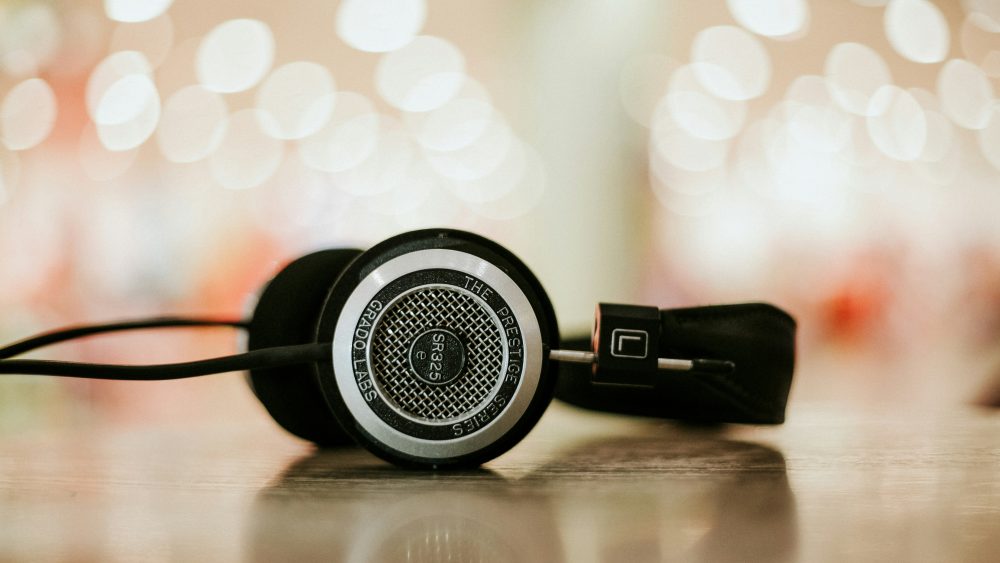
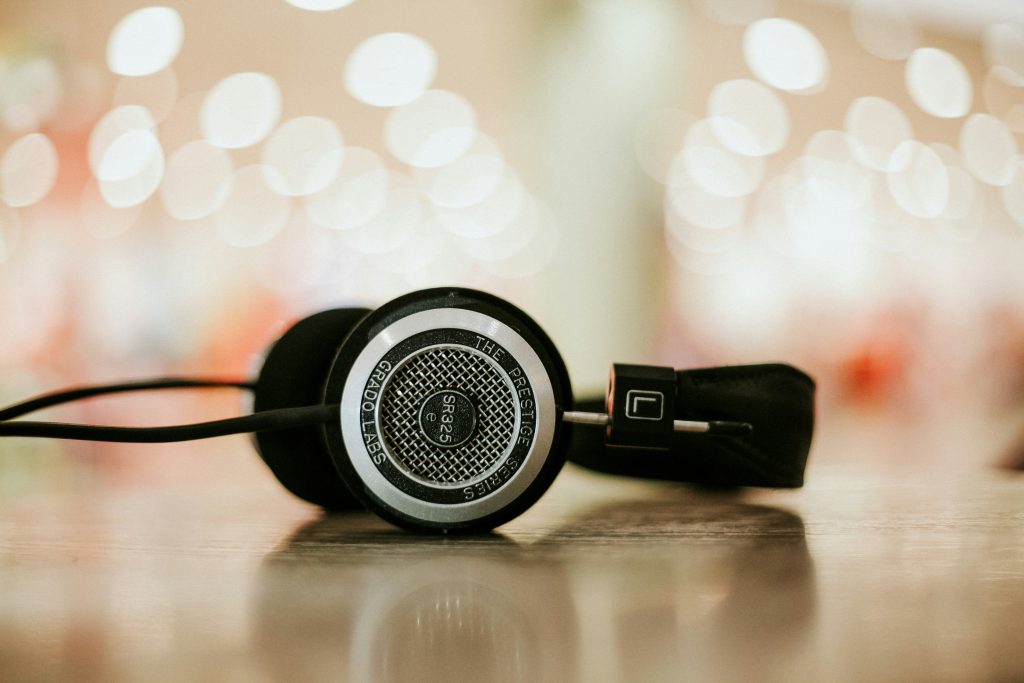
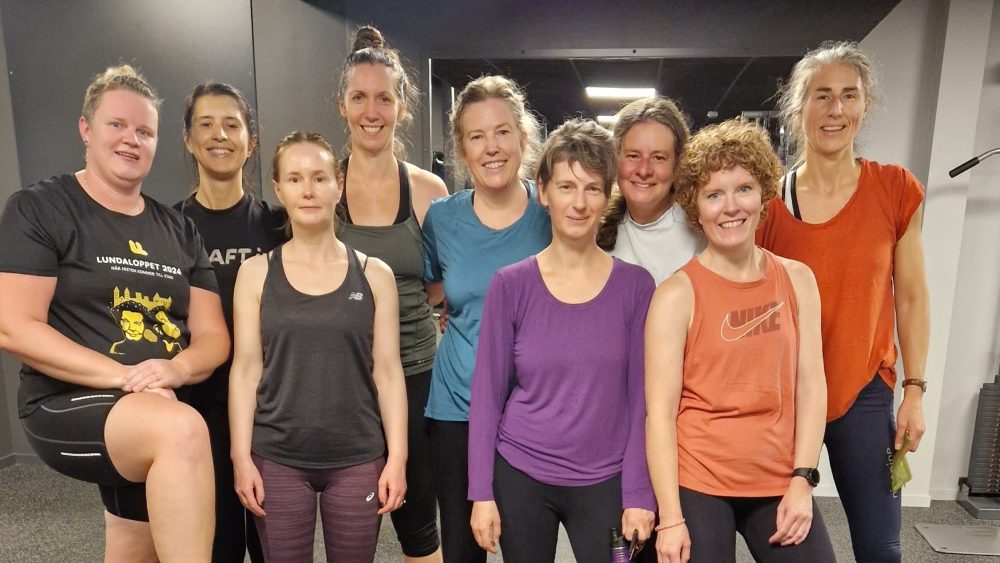


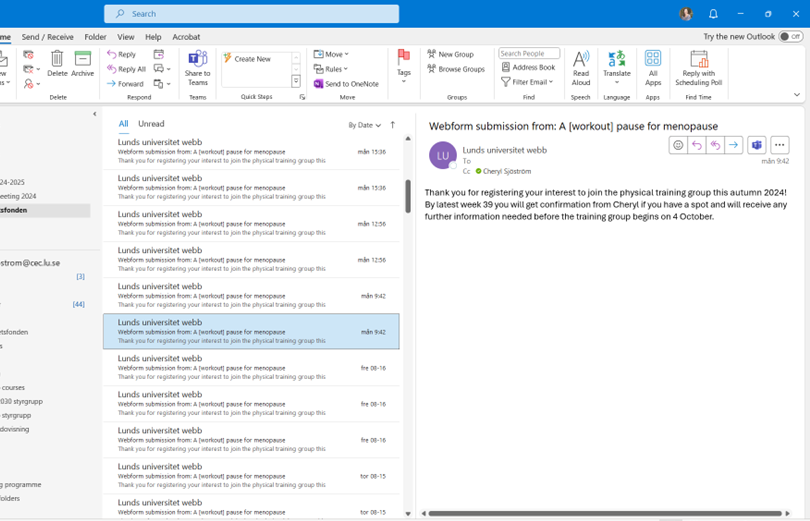
Comments